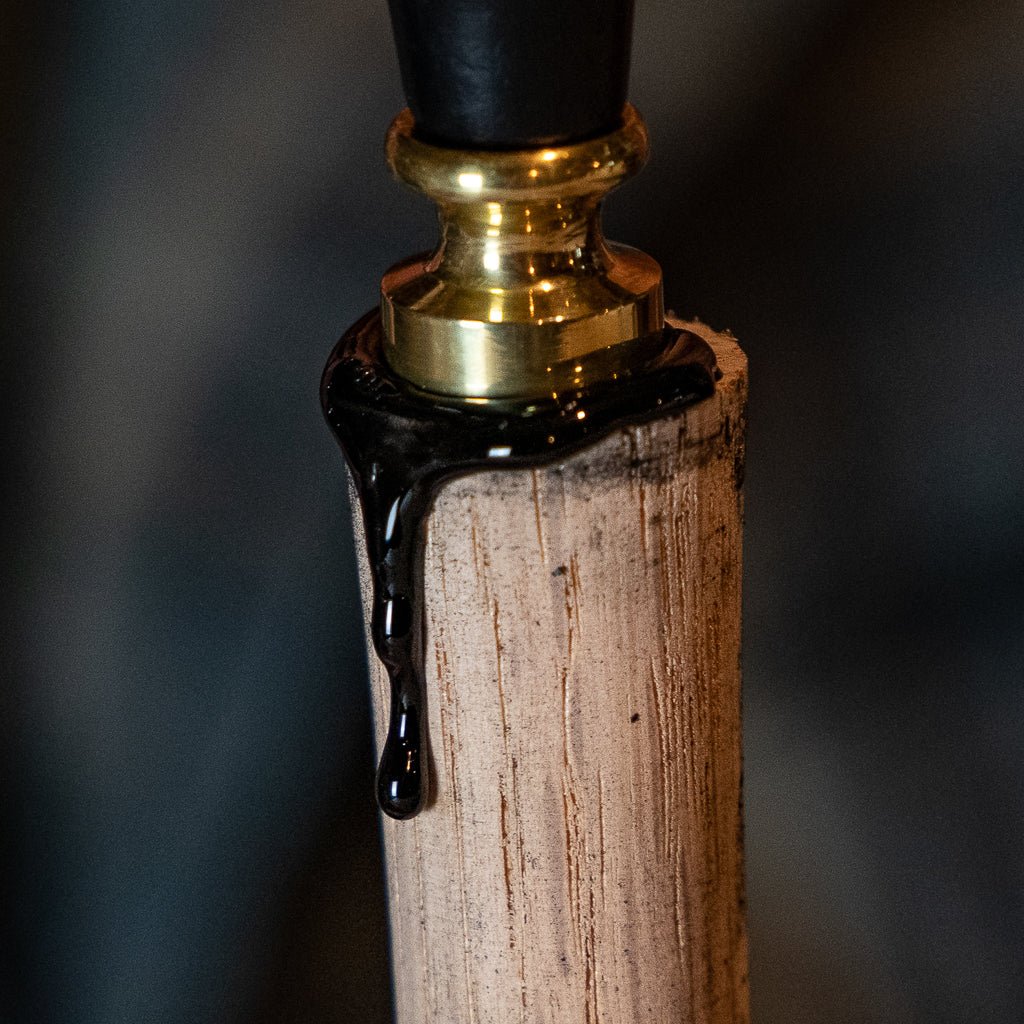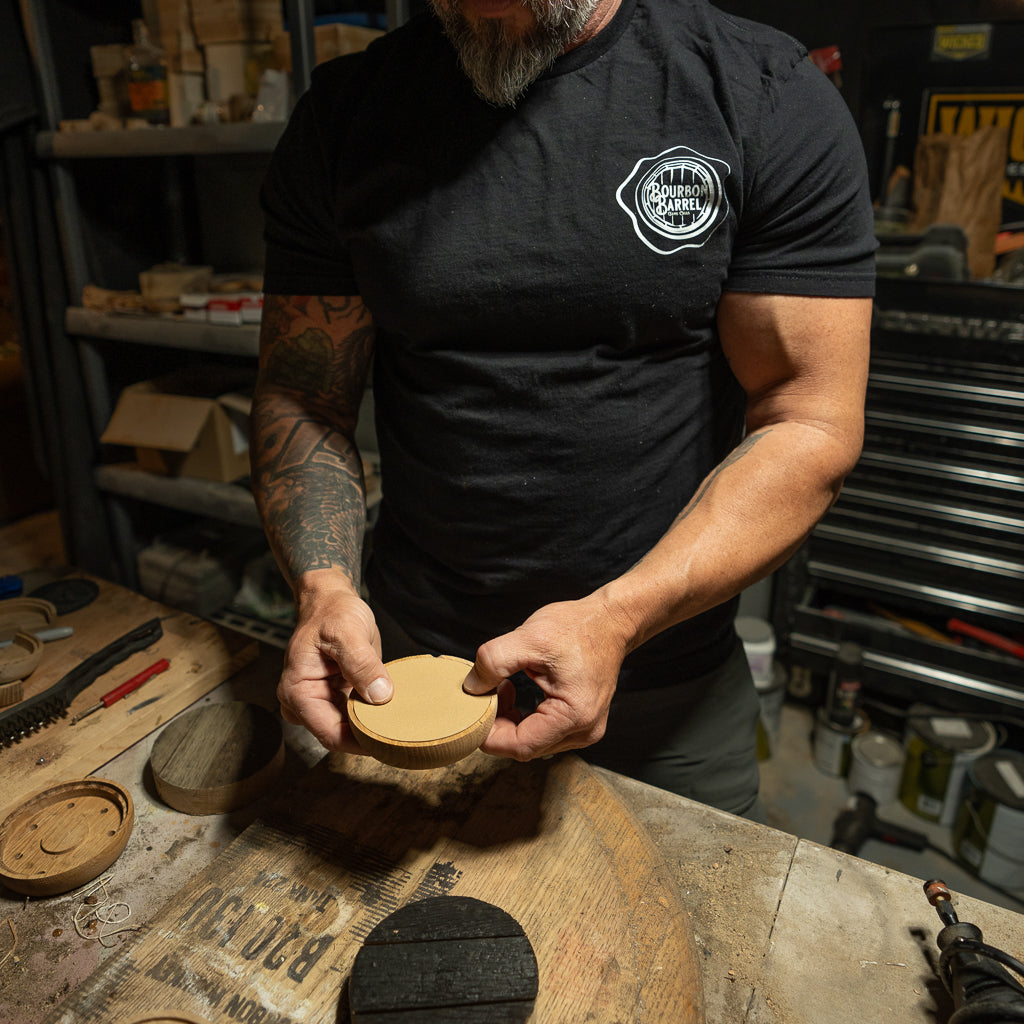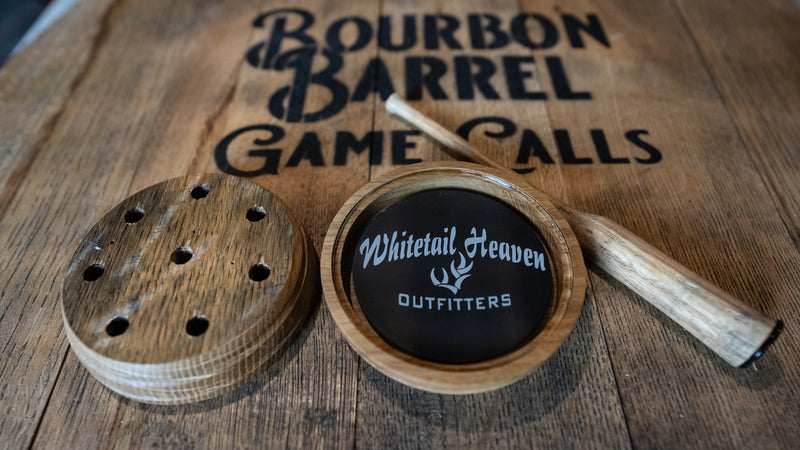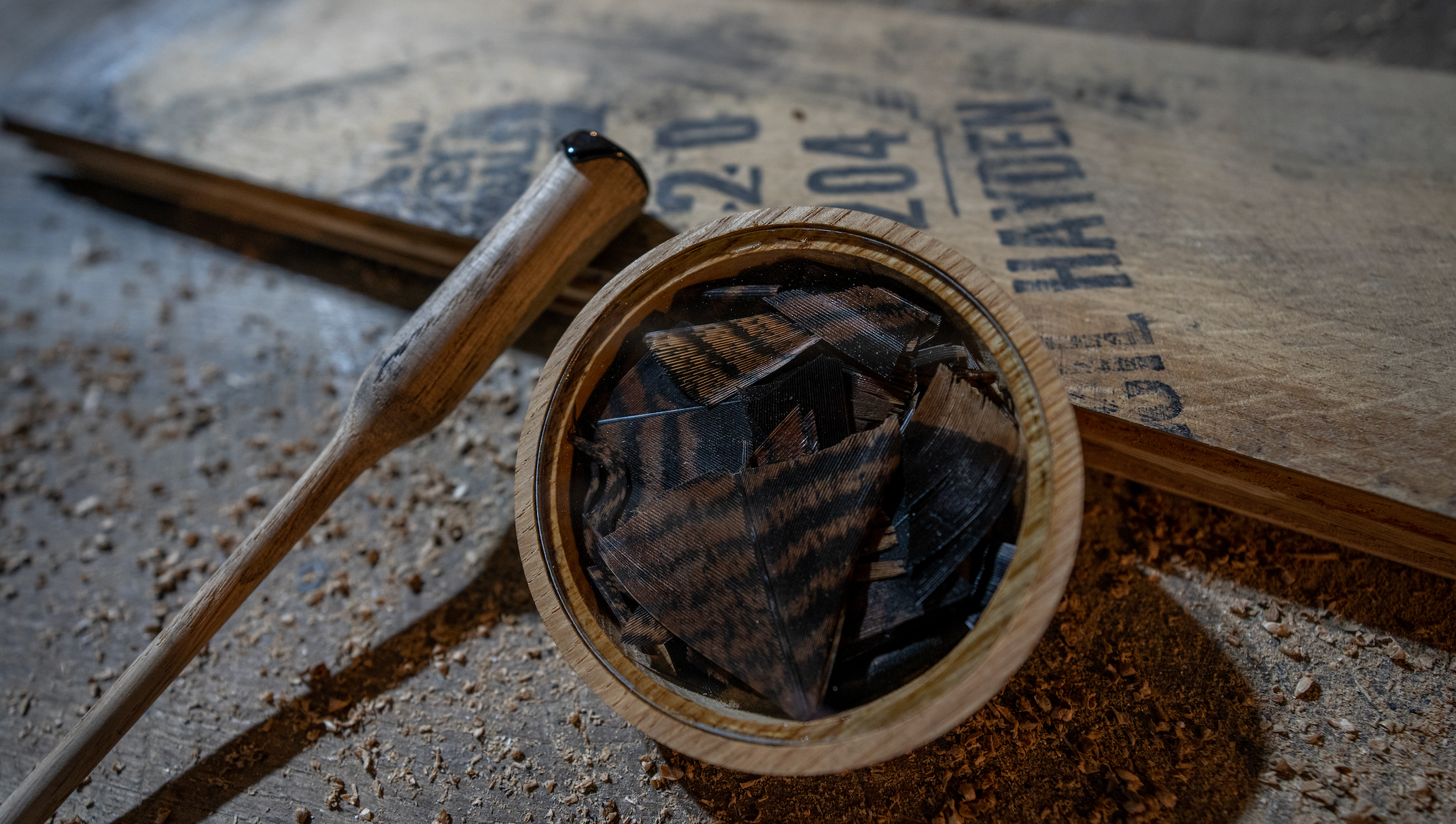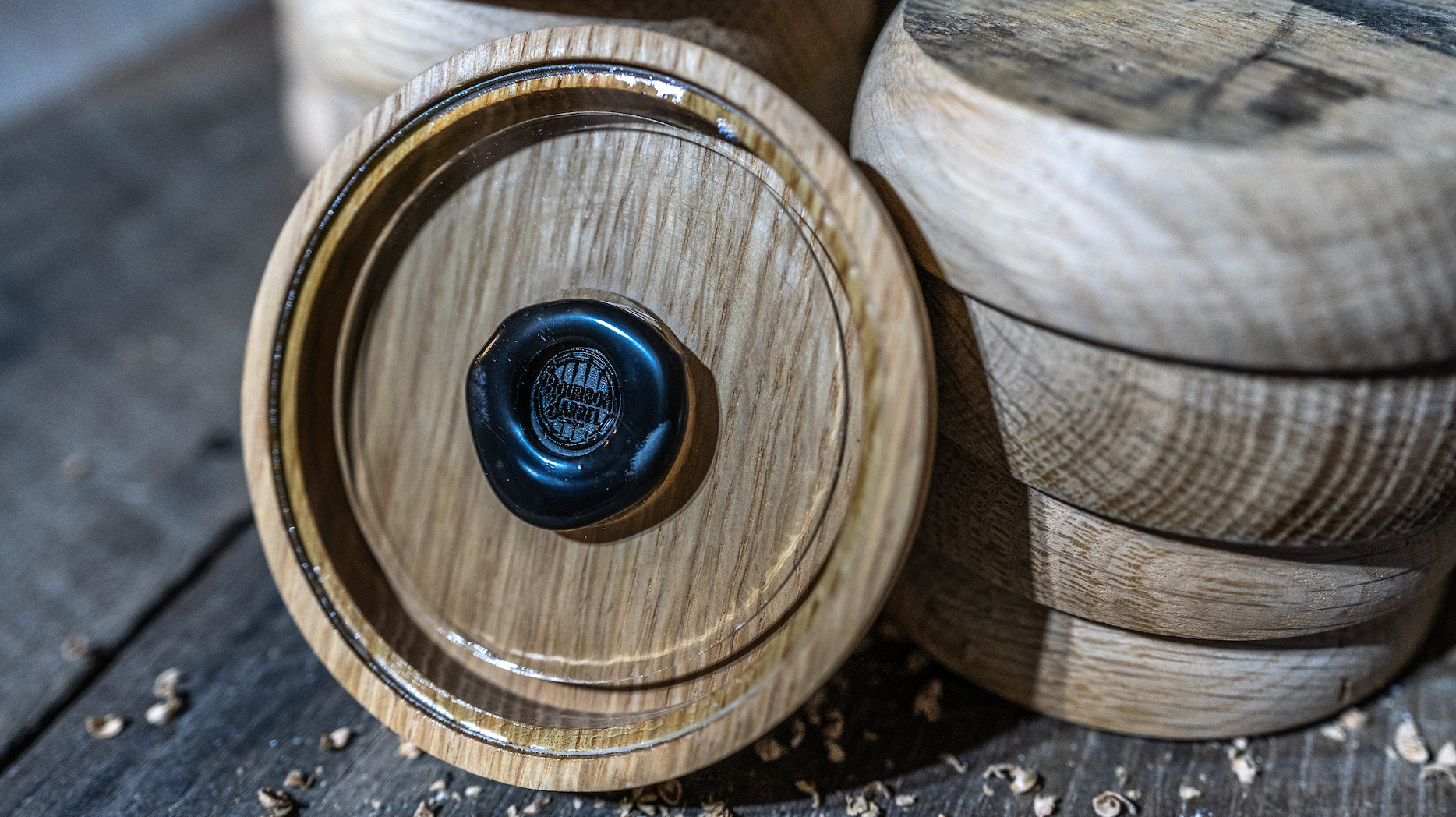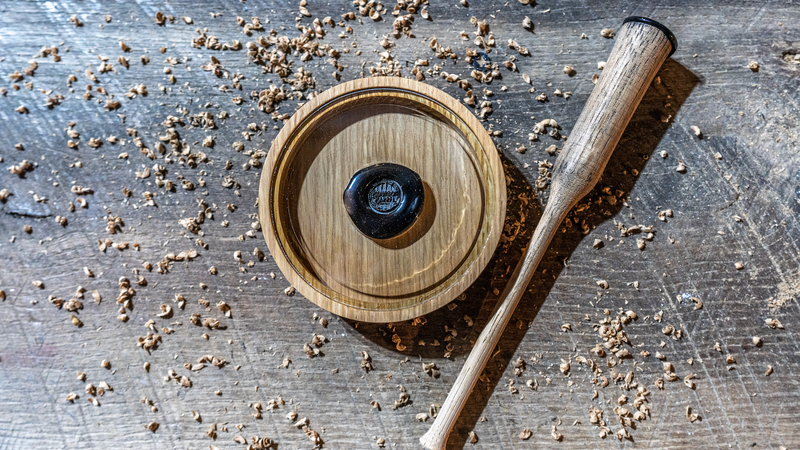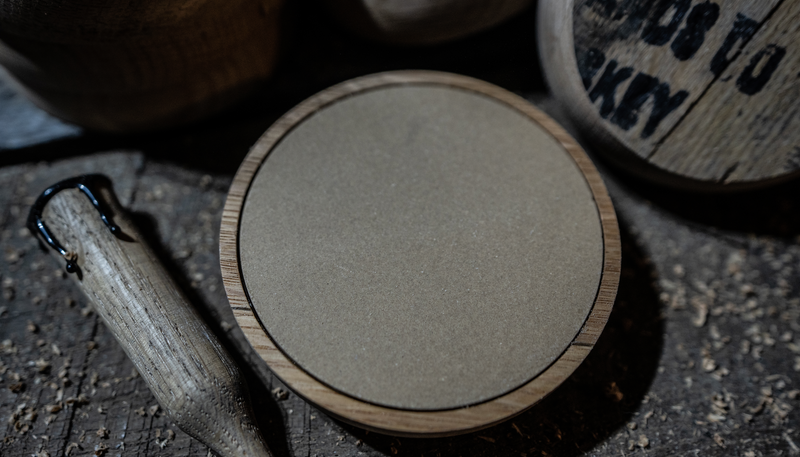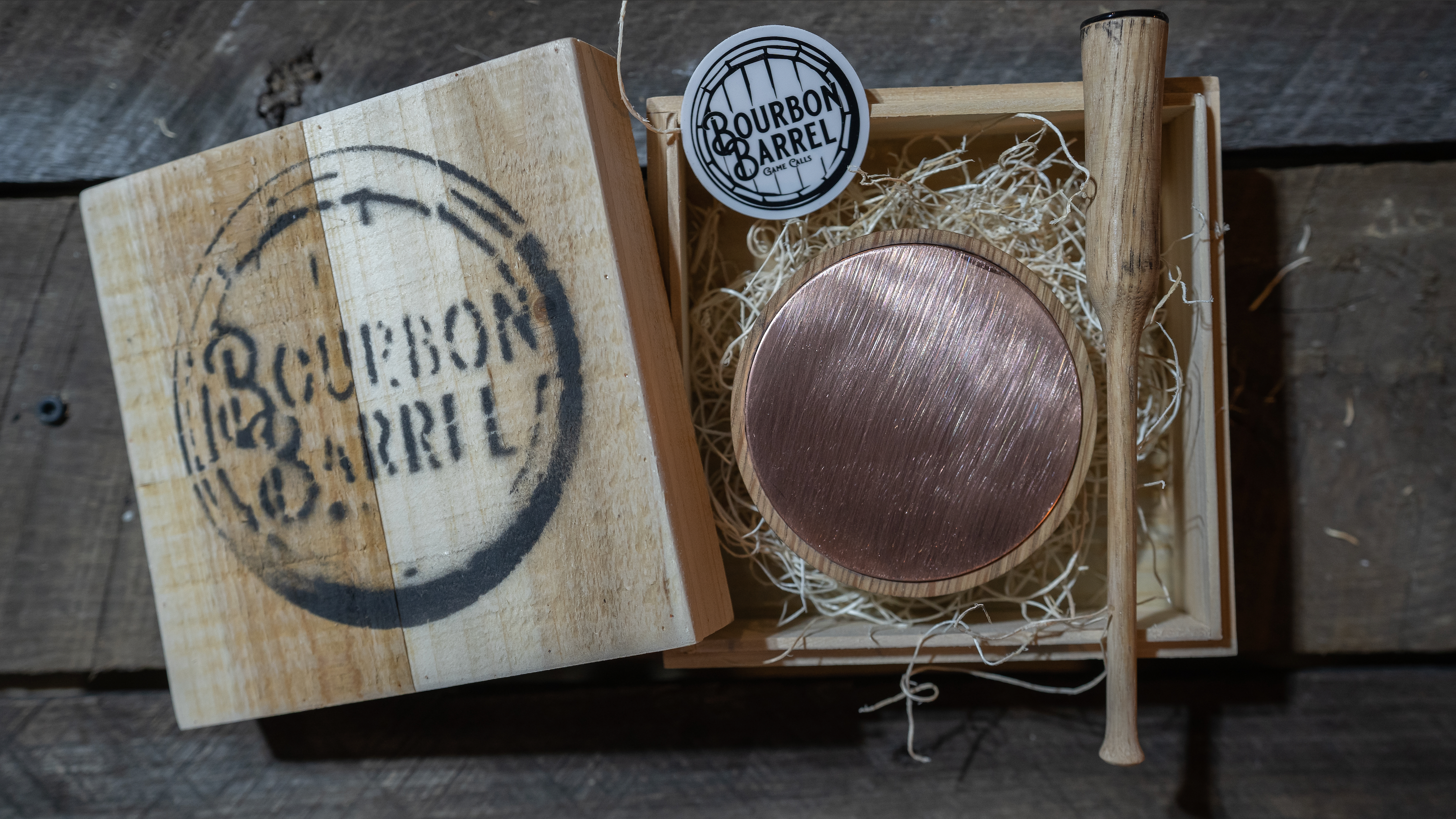
Turkey Calls
custom engraved
turkey calls


shop by categories

SHOP OUR BESTSELLERS
discover more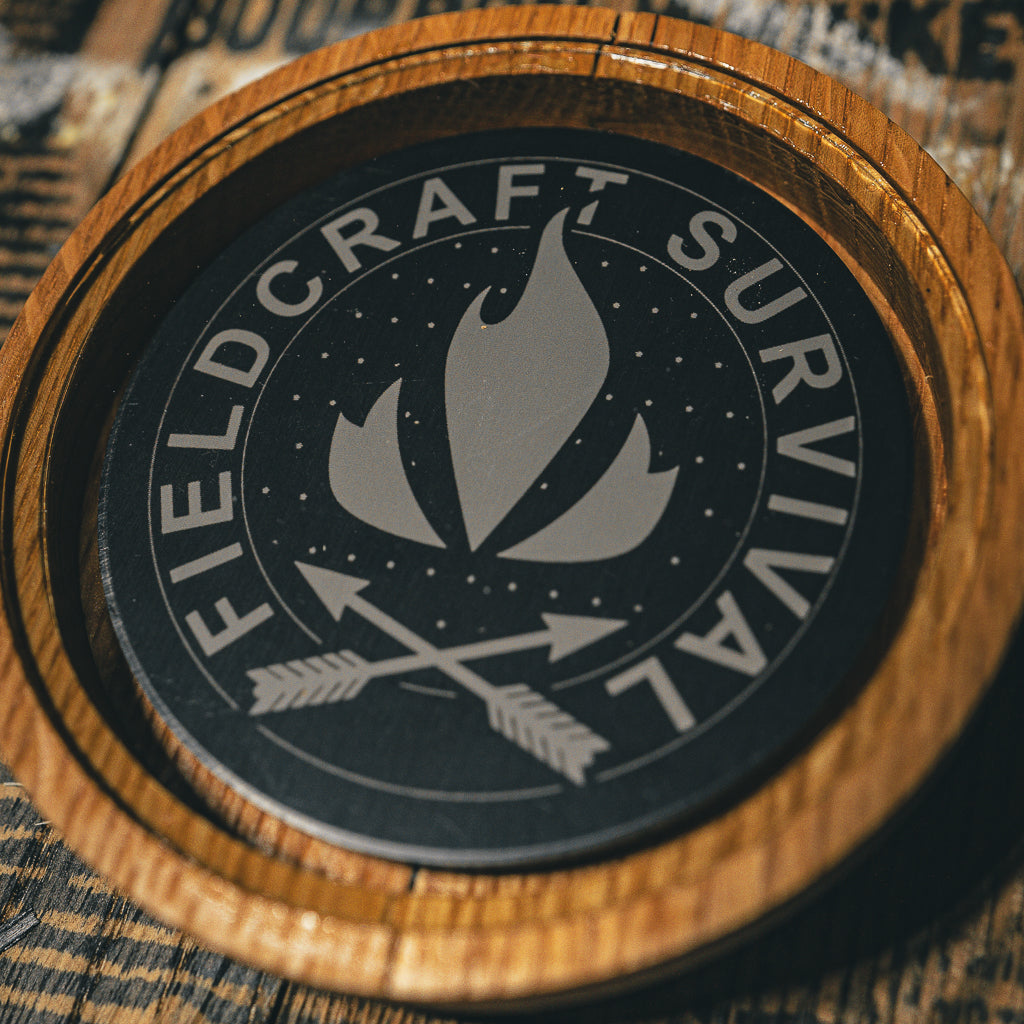

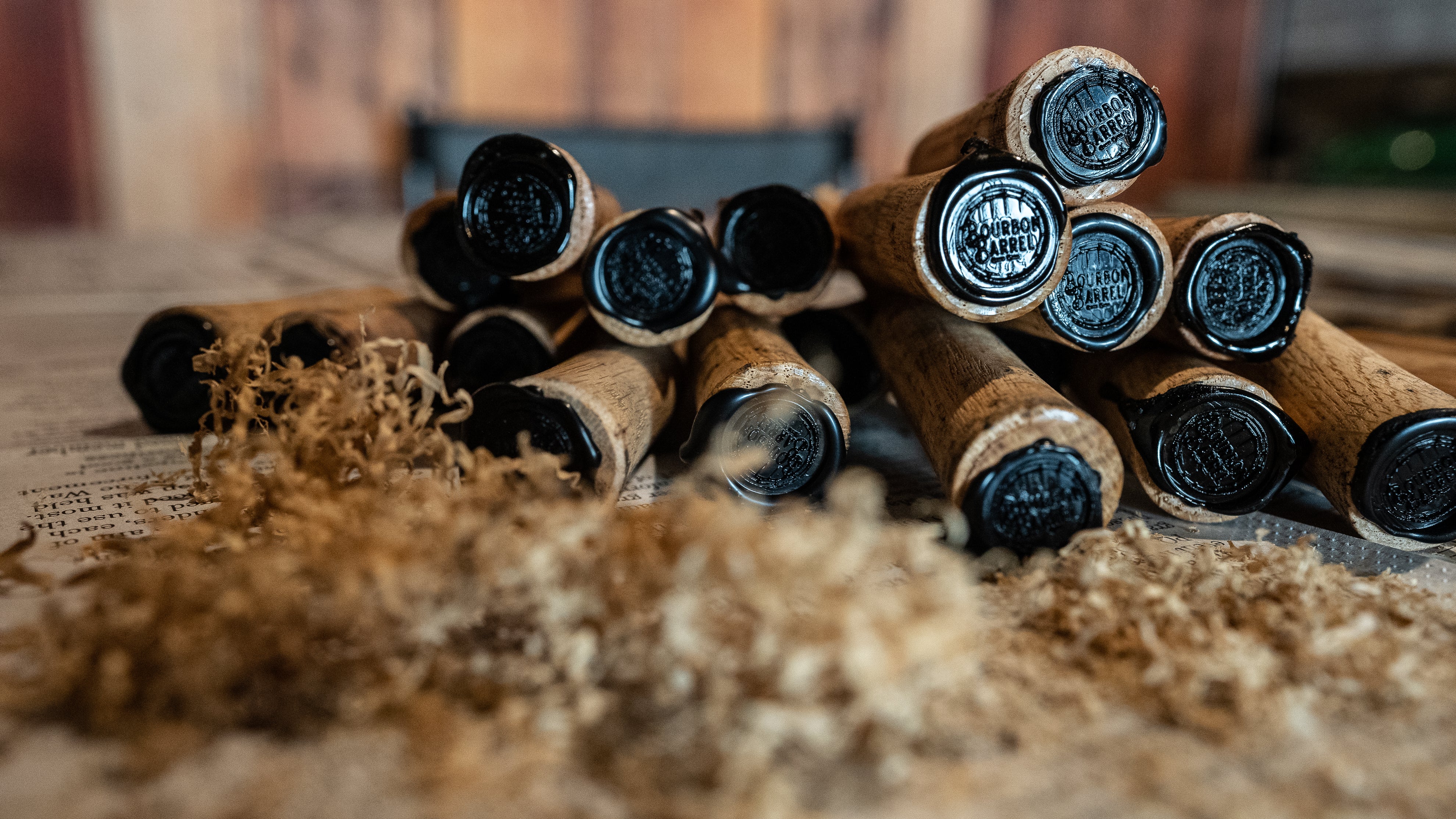
EARLY SEASON ESSENTIALS

Video
latest hunting tips
White Oak Conservation: Essential for Thriving ...
White oak trees, iconic giants of North America's forests, play a critical role in sustaining vibrant wild turkey populations. Recognizing the intricate connection between these trees and turkey survival underscores the importance of proactive conservation efforts.
The Connection Between White Oaks and Wild Turkeys
White oaks produce acorns, a vital food source rich in nutrients for turkeys, particularly during autumn and winter when other foods are scarce. Acorns provide high-energy sustenance necessary for turkeys to build fat reserves, helping them survive harsh winter conditions. White oak acorns are preferred due to their lower tannin levels compared to other oak species, making them more digestible and nutritious for wildlife.
Habitat and Ecosystem Benefits
Beyond acorns, white oaks create crucial habitat structures. Mature white oaks offer roosting sites, nesting opportunities, and shelter from predators and adverse weather. Their broad canopies moderate forest microclimates, creating diverse understory vegetation, essential for nesting hens and poult cover.
Threats to White Oak Populations
Despite their significance, white oaks face increasing threats. Urban development, deforestation, invasive pests, diseases, and climate change pose substantial risks. White oak regeneration is further hindered by poor forest management practices, which can lead to dense canopies and insufficient sunlight for oak seedlings to grow effectively.
Conservation Efforts and Strategies
Conserving white oak forests requires active management strategies including selective harvesting, controlled burns, and removal of competing invasive species. These techniques open forest canopies, promoting healthy regeneration and ensuring sustained acorn production.
Organizations, landowners, and wildlife managers increasingly collaborate to establish conservation programs focused specifically on oak habitats. Education initiatives highlight the ecological significance of white oaks, fostering community support for sustainable forestry practices.
Benefits Beyond Wild Turkeys
Preserving white oaks doesn't just benefit turkeys. It enhances overall biodiversity, supporting a myriad of wildlife, from deer and squirrels to numerous bird species. Healthy oak ecosystems also contribute to improved air and water quality, carbon sequestration, and soil stabilization.
Conclusion
The conservation of white oak trees is intrinsically tied to the health and prosperity of wild turkey populations. By prioritizing sustainable management and conservation practices, we protect these magnificent trees, ensuring that wild turkeys and diverse wildlife continue to thrive in our forests for generations to come.
Early Season Turkey Hunting: Tips and Strategie...
As winter's grip begins to loosen, avid hunters eagerly anticipate the opening of early season turkey hunting. This time offers unique opportunities—and challenges—for those seeking to bag an elusive gobbler. By understanding turkey behavior, habitat conditions, and employing smart strategies, hunters can greatly enhance their chances of early season success.
Understanding Turkey Behavior in Early Spring
In early spring, turkeys shift from winter flocks to smaller groups, establishing territories and dominance hierarchies. Gobblers become vocal, actively gobbling to attract hens and assert dominance. However, hens are not yet nesting and are often closely shadowed by males, which can make luring gobblers away challenging.
Scouting: Your Key to Early Success
Effective scouting before the season opens can drastically increase your odds of harvesting a bird. Look for signs such as fresh tracks, droppings, scratching areas, and roosting sites. Early season turkeys frequent open fields, forest edges, and sunny areas where they seek warmth and food, making these ideal spots for your initial setups.
Effective Early Season Calling Techniques
Calling too aggressively early on can be counterproductive. Turkeys in early spring are often cautious and less responsive to aggressive tactics. Begin with soft clucks, purrs, and subtle yelps to gauge interest. Patience is essential—it's not uncommon for a gobbler to approach quietly, especially in colder weather.
Decoy Placement and Strategies
Decoys can significantly boost your chances, but correct placement is critical. An early-season setup typically involves placing a hen decoy or a hen-jake pair within clear sightlines. Gobblers, driven by territorial instinct, may approach aggressively to assert dominance over perceived rivals.
Choosing the Right Gear
Early season weather can fluctuate dramatically. Dressing in layers is vital. Opt for camouflage clothing suited to your terrain, and ensure you have gear for both cool mornings and warmer afternoons. Waterproof boots, lightweight gloves, and moisture-wicking base layers can make a significant difference in comfort and stealth.
Managing Early Season Challenges
Early season hunting comes with potential obstacles like unpredictable weather, less vegetation for concealment, and wary turkeys unaccustomed to pressure. Employ natural cover whenever possible and move minimally. Hunting blinds can offer excellent concealment in sparse conditions.
Conclusion
Early season turkey hunting provides an exhilarating start to spring hunting adventures. Success comes down to thorough preparation, understanding turkey behavior, patience, and adaptability. By employing these strategies, hunters can enjoy rewarding early season outings and perhaps bag a trophy gobbler to kick off their hunting year.
WELCOME TO bourbon barrel
Distilled In history. heard In the wild.
At Bourbon Barrel Game Calls, our story begins in the heart of bourbon country, where tradition meets craftsmanship. Born from a passion for hunting and a deep respect for heritage, we transform reclaimed bourbon barrels into premium, handcrafted game calls that resonate with the spirit of the wild.
STAY TUNED
sign up for Email


